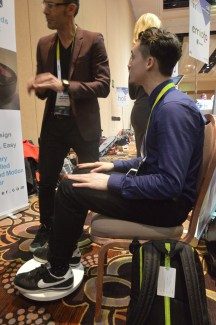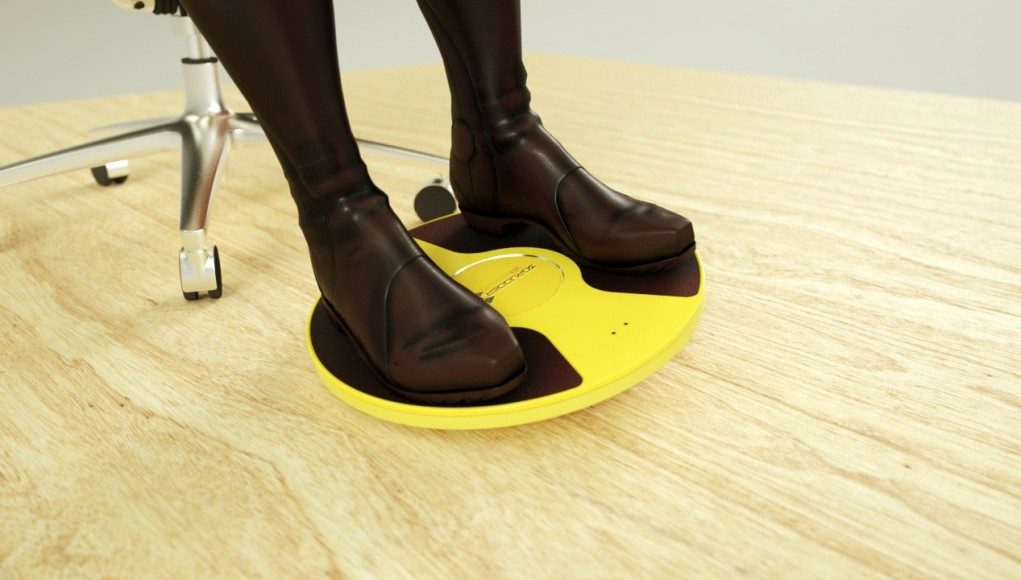This what the retail version of 3DRudder, a unique motion controller designed that aims to “free the hands and lets the user do more”, looks like. And this is how much it’ll cost when it finally goes on sale at retail in March 2016.
We first encountered 3DRudder, a peripheral from France which aims to free up your hands in VR for … other things, back in CES in January. Going ‘feet on’ with the device was an interesting experience, but the core idea behind the peripheral certainly seemed to work.
Now, the company has announced that not only will the latest version of 3DRudder be on show at CES 2016 in January, the device will be available at retail in March 2016 at $175.

The 3DRudder “VR Edition” controller is a feet-based VR motion controller, used while seated. It enables users to move in virtual worlds for work or gaming with their feet while seated in their favorite chair or couch, at least that’s the theory. I tried the device at CES in January this year and despite a somewhat steep initial learning curve, there was definitely something unique about controlling your view of a virtual world with only your feet.
The example of use I was given then were of a 3D artist, working on a modelling project, using the controller to control his or her view into the world whilst using more familiar controls (keyboard, mouse) simultaneously, in theory giving you more scope for control over your workflow.
My time with the device was too short to prove whether this theory holds up in practice, but it seems clear 3DRudder are confident enough to have pushed through the prototype stage to what you can now see as a near finished product.
Road to VR will be on the ground at CES 2016 in January to track down a demo with the latest iteration of 3DRudder.








